Costa Rica Religion
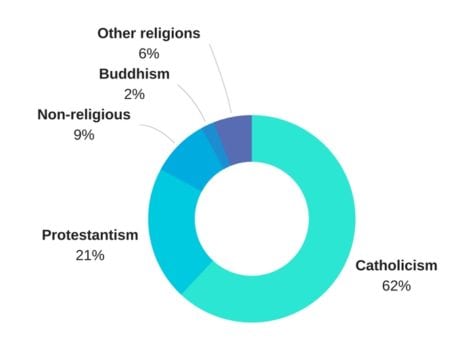
Catholicism is the official religion of Costa Rica and is a required subject in schools. Costa Rica is the only state on the American continent which has established Catholicism as its state religion, making religion a big part of Costa Rican culture. The importance of religion is evidenced in the language, holidays and traditions. In fact, the term “Christian,” or Cristiano, is used synonymously to mean “human being.” Over 60% of the people in Costa Rica identify themselves as Catholic. However, the share of Catholics has declined and was noticeably higher in the beginning of the century.
Many Costa Ricans wear religious jewelry such as crosses, images of saints, the Virgin Mary or Christ. In most homes, you will find the religious icon on the walls or in their gardens, as well as in their vehicles.
Costa Ricans are demonstrative about their Catholic faith at private celebrations like weddings, baptisms, confirmations, and funerals. Moreover, you can see the Catholic faith at public observances such as Easter, Holy Week, Saints’ Days and Christmas.
On August 2 every year, there is a nation-wide celebration in honor the national patron saint, Our Lady of the Angels. Costa Ricans make a pilgrimage to the saint’s eponymous cathedral in Cartago, the Basilica de Los Angeles, to ask for the saint’s support or guidance and pay their respects. Many churches hold celebrations to honor their local saints as well. These celebrations are also charming festivals that serve to unite their communities.
Despite the strong, Catholic presence, religious freedom has been established. About 20% of the Costa Rican population are Protestant and seek more evangelical services and stricter practices. The number of Evangelical Protestants is growing rapidly and has nearly doubled in the last few years. Jehovah’s Witnesses have a strong presence on the Caribbean coast and Seventh-Day Adventists have churches across San Jose. Furthermore, Buddhism is the largest non-Christian religion in Costa Rica and has its members mostly in the Asian community. In 2012, a Chinatown with a Chinese arch opened in San José to represent the Asian culture in Costa Rica.
Churches You Should Visit in Costa Rica

Basilica of Our Lady of the Angels in Cartago
The Basilica of Our Lady of the Angels in Cartago might be the most famous religious building in Costa Rica. The Roman Catholic basilica was built in the 17th century and partially destroyed by an earthquake. It has been restored and constitutes a mix of colonial architecture and Byzantine style now. Each August, there is a pilgrimage to honor the Virgin Mary. Cartago is a conservative and very religious city in which the people strongly believe in the sacred lady’s sculpture.
 Coronado Church
Coronado Church
The Coronado Church is located in San Isidro de Coronado, just a few kilometers northeast of San José. The construction was finished around 1935 and fascinates because of its design which is based on German and French gothic style. Coronado Church has bells and a clock tower which can be climbed during May festivities. On the top you will have an amazing view on San José and the Central Valley!
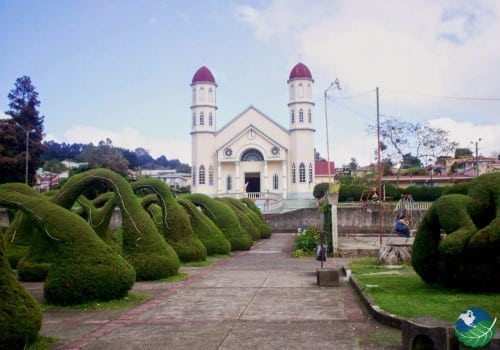 San Rafael Church in Zarcero
San Rafael Church in Zarcero
The main attraction in the small town of Zarcero are the shrubs and the hedges which were carefully carved to make the place seem more magical. San Rafael Church was constructed in 1895 and captivates with its unique fairytale-like design. At first, you think it was built with bricks but it is actually a steel structure! You will also love the interior which is full of colorful paintings dedicated to saints and angels.
 San José de Orosi Church
San José de Orosi Church
San José de Orosi Church in the beautiful Orosi Valley may seem a bit unspectacular at first but it is the oldest catholic church in Costa Rica and one of the oldest buildings in the country. The church was constructed in 1743 and is one of the few buildings which survived the colonial area. You can also visit the surrounding gardens and the museum in the church. In addition, do not forget to take some pictures with the amazing mountain side in the background!
Religion and progress
The religious communities are both traditional and more liberal, like everywhere. In fact, after the presidential election of 2018, Costa Rica saw it fit to elect a more liberal leader in Carlos Alvarado Quesada. Matter like same-sex marriage, although not yet recognized, have been garnishing attention in the same year Quesada was elected. The Supreme Court stated that sections of the Family Code prohibited same-sex marriage to be unconstitutional. They gave the Legislate Assembly 18 months to reform the law in accordance with the code. On January 25 of 2018, the Superior Council of Notaries stated that notaries could not perform same-sex marriages until the Civil Registry composed guidelines on the registration of same-sex marriages. Despite this, a same-sex couple successfully married before a notary in February of 2018.
In a lot of ways, Costa Rica is standing out compared to its neighbors in Central America and it pushing for growth and progress. Human rights are garnishing more and more attention and while religion will always have a place in the Costa Rican communities, the balance with freedom of expression is trying to be found. Marriage is on its way to be a right for all and freedom of religion as well as freedom of personal beliefs and practices already established. Places of worship are constructed for a large variety of beliefs and the Ticos are making a real effort to find their place in a changing world.


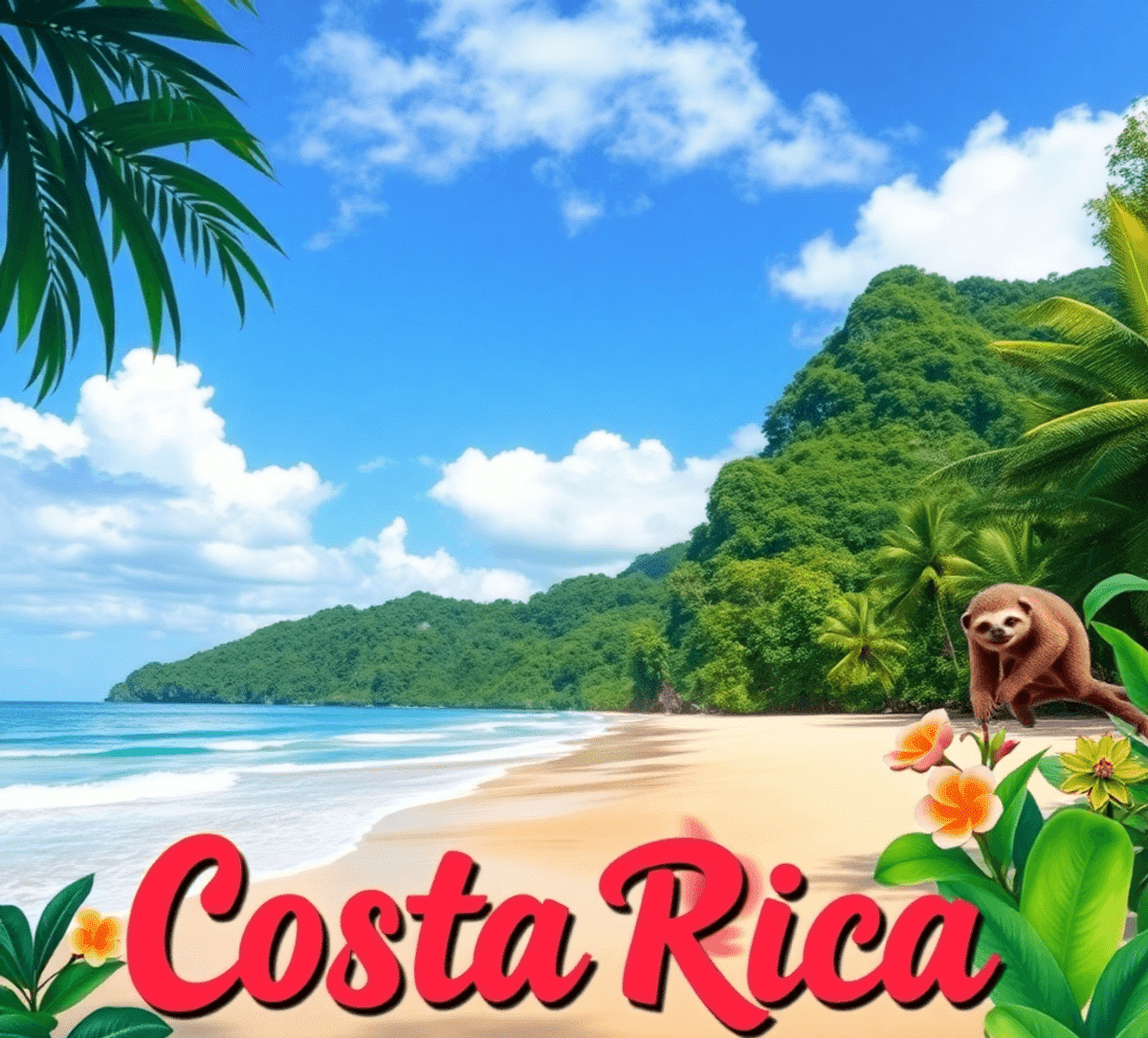


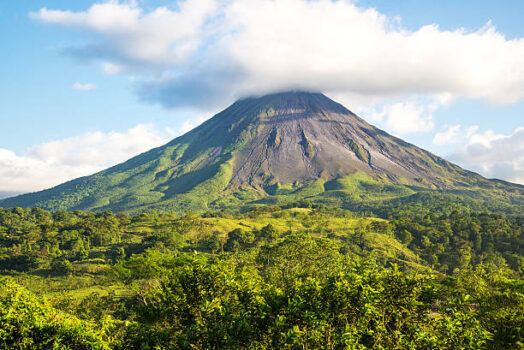
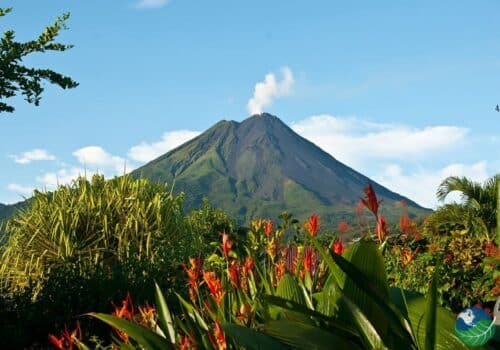






Follow Us